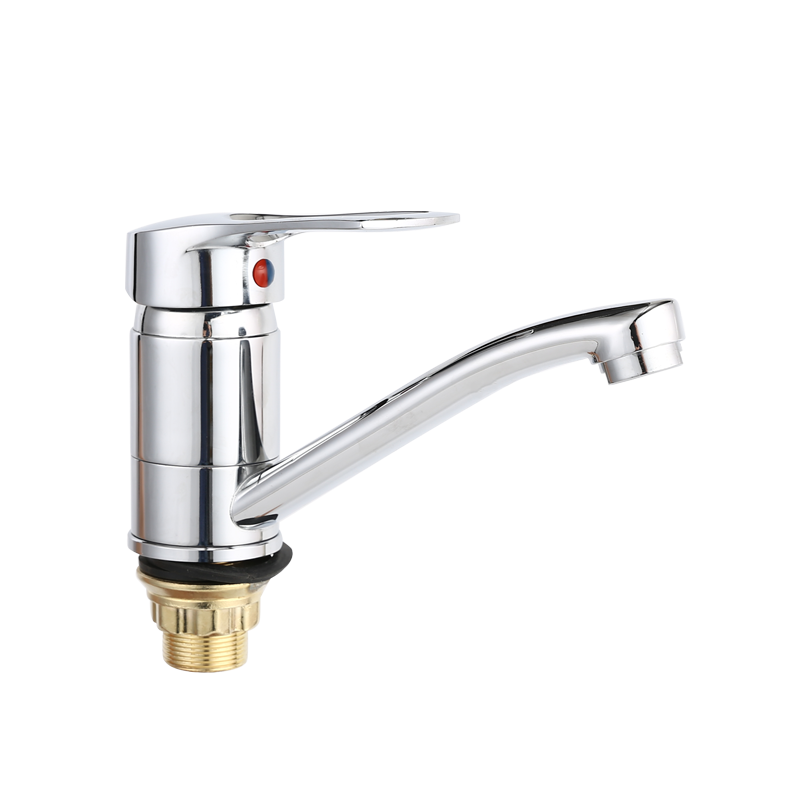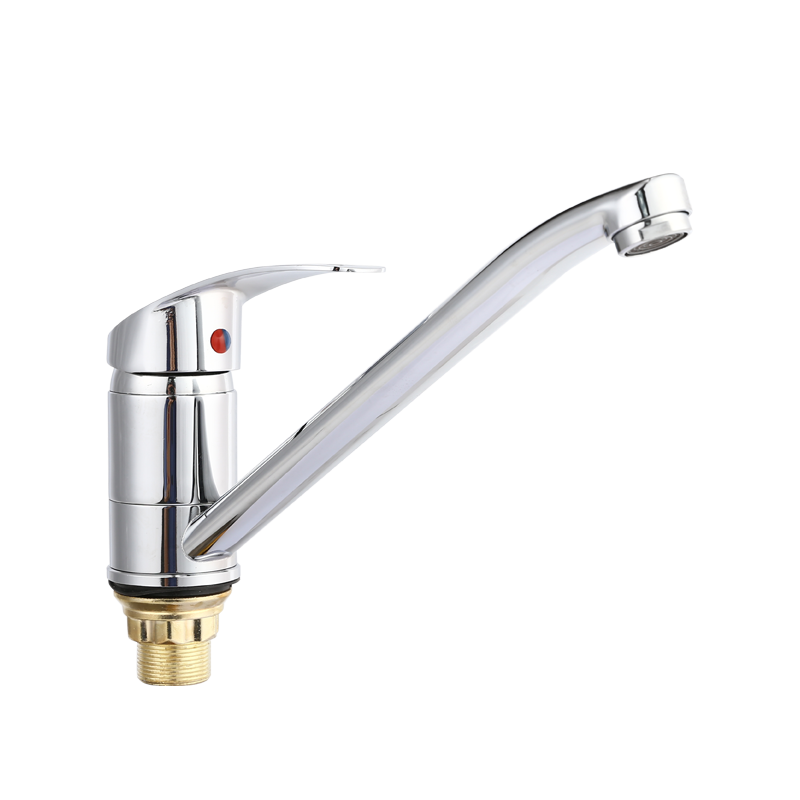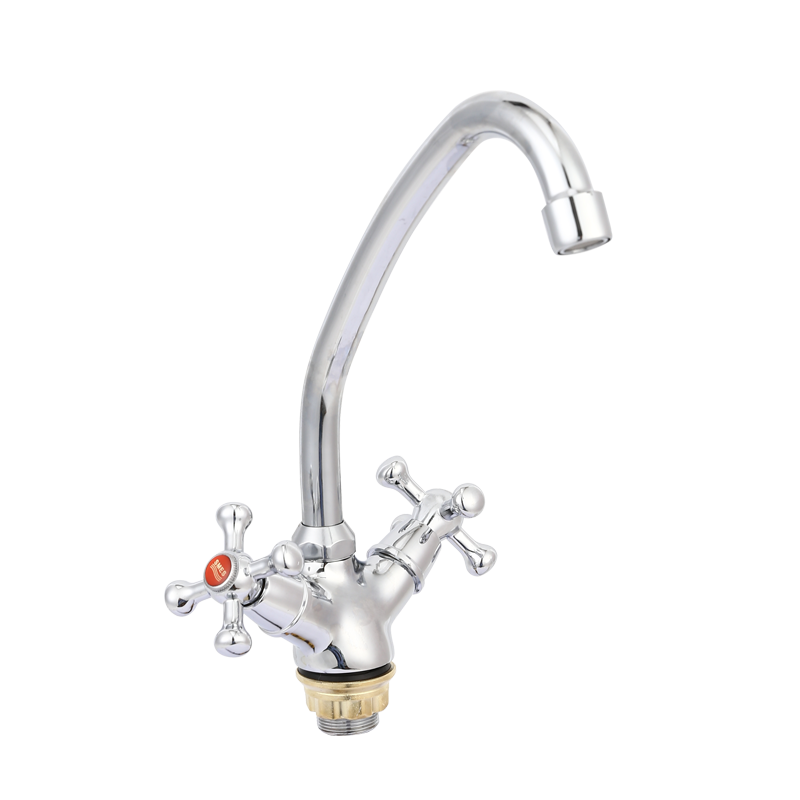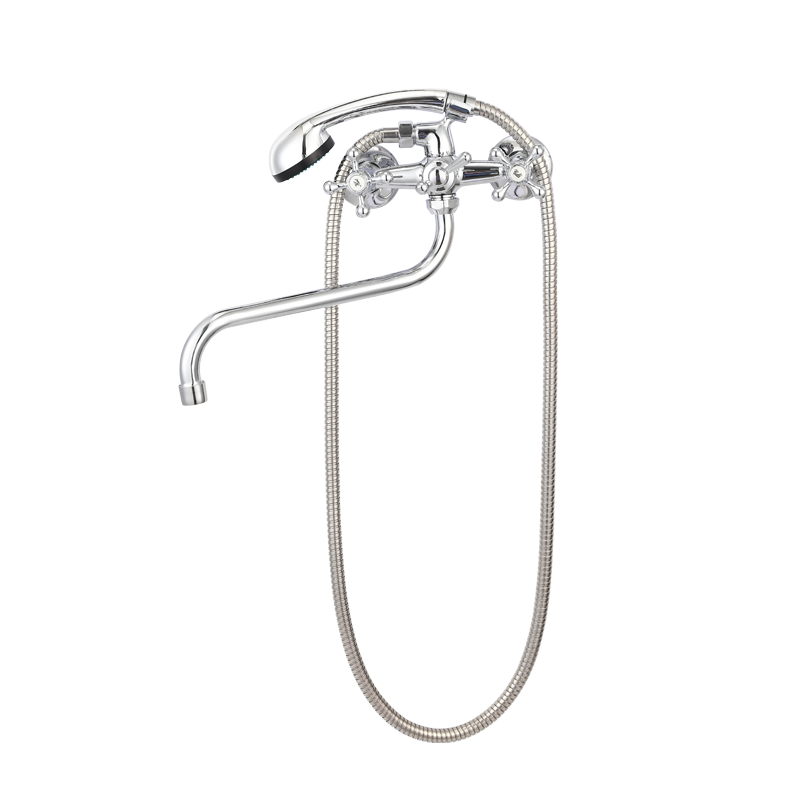Floor drains play a crucial role in maintaining the cleanliness, functionality, and safety of various spaces. They are commonly found in commercial buildings, residential properties, industrial facilities, and public areas. Although often overlooked, floor drains serve an essential purpose in managing water accumulation, preventing flooding, and promoting proper sanitation. This article aims to shed light on the significance of floor drains, their functionality, and their common applications.
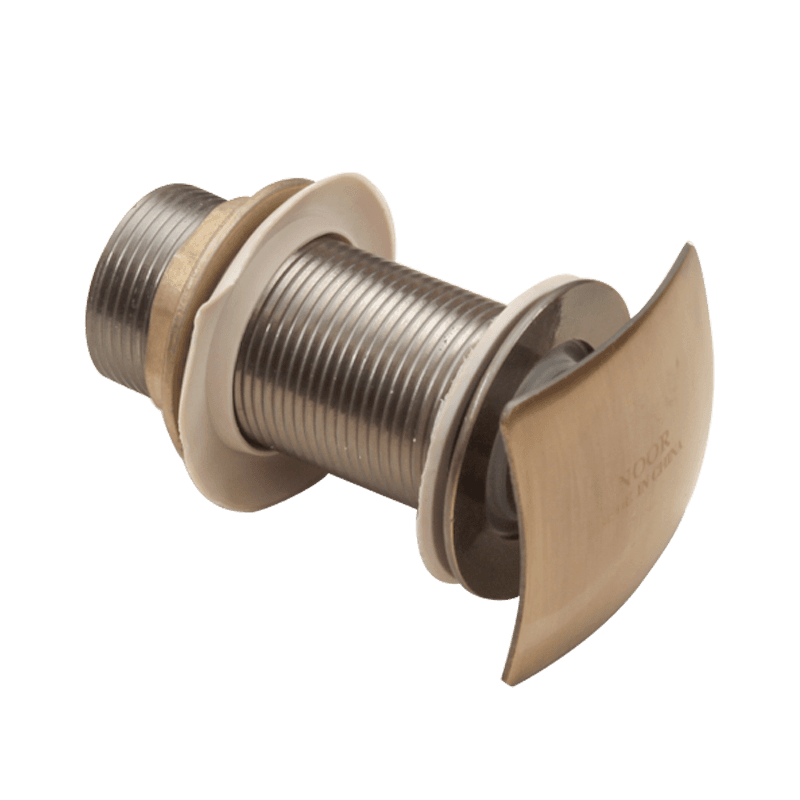

Preventing Water Accumulation and Flooding
One of the primary functions of floor drains is to prevent water accumulation and potential flooding in indoor spaces. Whether it's rainwater, accidental spills, or plumbing leaks, excess water can cause extensive damage to buildings and their contents. Floor drains act as an effective solution by providing an outlet for water to drain away quickly. By channeling the water into a proper drainage system, floor drains help prevent standing water, which can lead to slip and fall accidents, mold growth, and structural issues.
Ensuring Proper Sanitation
Floor drains are crucial for maintaining proper sanitation in various environments. In areas prone to moisture, such as bathrooms, locker rooms, and commercial kitchens, floor drains serve as an essential element of the hygiene infrastructure. They facilitate the removal of wastewater, preventing it from pooling on the floor and creating an unsanitary environment. Moreover, floor drains can be equipped with grates or strainers to catch solid debris and prevent clogs in the drainage system, ensuring the effective flow of water.
Supporting Industrial Processes
Floor drains are widely used in industrial facilities to manage wastewater generated during production processes. These drains are designed to handle a wide range of substances, including chemicals, oils, and other liquids. Industrial floor drains are typically made of durable materials, such as stainless steel or cast iron, to withstand harsh chemicals and heavy loads. They often feature removable grates for easy cleaning and maintenance, allowing for efficient disposal of industrial wastewater while minimizing potential contamination risks.
Outdoor Drainage and Landscaping
Floor drains are not limited to indoor use. They are also employed in outdoor spaces to manage water runoff, particularly in areas susceptible to flooding or excessive rainfall. In parking lots, pedestrian walkways, and other paved surfaces, floor drains are strategically installed to redirect water away from these areas. By facilitating proper outdoor drainage, floor drains contribute to maintaining the integrity of structures and preventing erosion. Additionally, in landscaped areas or gardens, floor drains can assist in water management, preventing waterlogging and promoting healthy plant growth.
Maintenance and Care
To ensure the effective functionality of floor drains, regular maintenance is essential. Routine cleaning and inspection help prevent clogs caused by debris, sediment, or grease buildup. Periodically removing and cleaning the drain grates or strainers is recommended to prevent obstructions and maintain proper water flow. In industrial settings, where drains may come into contact with corrosive substances, regular inspections for damage or deterioration are crucial to address any issues promptly.
Floor drains play a critical role in maintaining cleanliness, preventing flooding, and ensuring proper sanitation in a variety of spaces. From residential bathrooms to commercial kitchens and industrial facilities, these drains provide an efficient and practical solution for managing water accumulation and directing it to appropriate drainage systems. By understanding the importance and functionality of floor drains, property owners and facility managers can make informed decisions about their installation, maintenance, and usage, promoting safety, hygiene, and the longevity of their spaces.

 English
English русский
русский